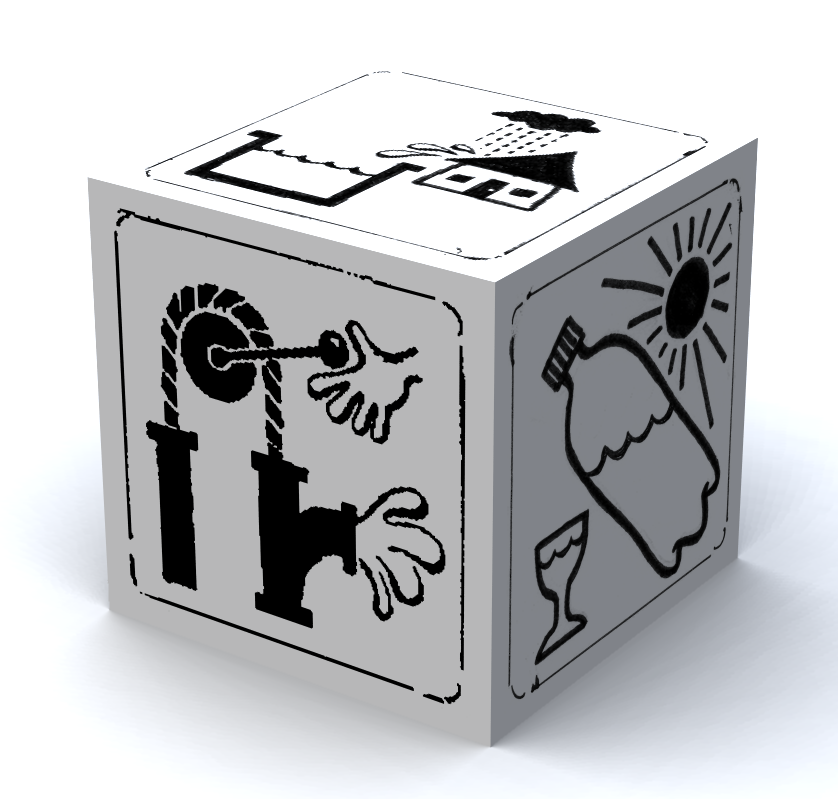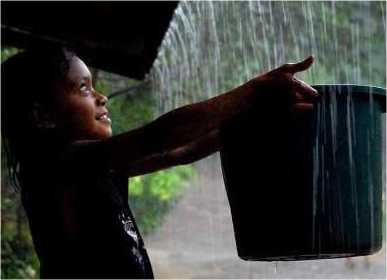Difference between revisions of "Akvopedia mobile"
| Line 6: | Line 6: | ||
<!-----------------------Portals------------------------> | <!-----------------------Portals------------------------> | ||
| − | + | ||
|class="MainPageBG" style="width:30%; border:1px solid #E3E7EC; background:#ffffff; vertical-align:top; color:#000;"| | |class="MainPageBG" style="width:30%; border:1px solid #E3E7EC; background:#ffffff; vertical-align:top; color:#000;"| | ||
{|width="100%" cellpadding="2" cellspacing="5" style="vertical-align:top; background:#ffffff;"| | {|width="100%" cellpadding="2" cellspacing="5" style="vertical-align:top; background:#ffffff;"| | ||
Revision as of 20:12, 3 April 2014
Contents
Welcome, bienvenue and bienvenido to Akvopedia!
Welcome to Akvopedia, the open water and sanitation resource that anyone can edit. We strive to improve water and sanitation projects through knowledge exchange on smart and affordable technical solutions and effective approaches. Akvopedia now contains 2,211 articles primarily in English, including some in French and Spanish. Akvopedia is hosted and managed by Akvo Foundation.
|class="MainPageBG" style="width:30%; border:1px solid #E3E7EC; background:#ffffff; vertical-align:top; color:#000;"|
Water Portal | ||
|---|---|---|
The Water Portal contains information on water collection, pumping and transportation, storage, treatment, and use of water.
| ||
Sanitation Portal | ||
The Sanitation Portal contains information on toilets, collection, transportation, treatment, use of products, hygiene, and training materials.
| ||
Finance Portal | ||
The Finance Portal contains information on the costs needed to finance, how to finance these costs, and how to monitor finance.
| ||
Sustainability Portal - NEW! | ||
The Sustainability Portal contains information on numerous sustainability frameworks, tools, and methods, using the F.I.E.T.S approach.
|
|class="MainPageBG" style="width:50%; border:1px solid #E3E7EC; background:#ffffff; vertical-align:top"|
What's happening now |
|---|
| NEW ARTICLE PAGE: Integrated Water Resources Management (IWRM)
IWRM is based on the understanding that water resources are an integral component of the ecosystem, a natural resource, and a social and economic good. Managers, whether in the government or private sectors, have to make difficult decisions on water allocation. More and more they have to apportion diminishing supplies between ever-increasing demands. Drivers such as demographic and climatic changes further increase the stress on water resources. The traditional fragmented approach is no longer viable and a more holistic approach to water management is essential. This is the rationale for the Integrated Water Resources Management (IWRM) approach that has now been accepted internationally as the way forward for efficient, equitable and sustainable development and management of the world's limited water resources and for coping with conflicting demands. |
More news |
|
Contributing to Akvopedia |
| Share your news and knowledge on water and sanitation by contributing articles to the Akvopedia. We've used the same conventions as the well-known online resource Wikipedia, so adding and editing articles is quick and easy to learn. This graphical guide will get you started; more detailed information about editing wiki articles is available in the help pages: Help:Contents |
Editorial support |
|
Do you have quality content that you would like to contribute to Akvopedia, but lack the time or resources to upload it? Akvopedia offers free editorial services and always appreciates suggestions and links to expand our WASH wiki. Please contact our editor Winona Azure at winona |
|}






